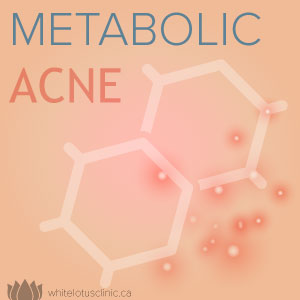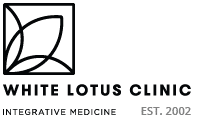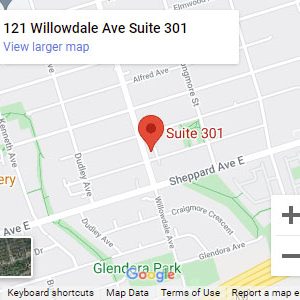Metabolic Acne Part 1- What is it?

Most people believe that acne is something from their teenage years. Something that happens when your body is trying to figure itself out. It is ‘normal’ for teens.
These same women often go on the birth control pill, for acne, or cramps, or to have the opportunity to confidently stay out of the motherhood game. It is when they decide to come off of the birth control pill that their acne, and many other symptoms come back with a vengeance.
Adult acne is much more common than people think, and whats more, is that it is often much more troublesome, and emotionally painful in women then it was as a teen.
What Causes Acne?
At a very high level acne is essentially an imbalance of signals being communicated by the body. Abnormalities in metabolic hormones, such as insulin, IGF-1, growth hormone and ghrelin, reproductive hormones, notably elevated androgens or low estrogen, increased inflammation and/or low levels of carrier proteins in the blood. Indeed, many many things are at play when it comes to assessing the underlying issues behind acne1–3.
As reproductive hormonal acne is something that is commonly discussed throughout the mainstream media, I wanted to take a moment to address metabolic hormones as the deep underlying issue behind acne.
- Metabolic Acne
Clinically, I have seen abnormalities in insulin production significantly affect skin health with respect to acne, oil production and pigmentation changes. Under normal conditions insulin provides a signal to the keratinocytes to grow and transform into ‘adult’ skin cells. This is critical to proper skin formation and maintenance of skin health. In the face of inflammation and a high glycemic diet on the other hand, insulin fails to properly perform these important functions.
Insulin resistance is a complex subject that can be summarized by the understanding that our cells stop listening to the messages of insulin in the body. Our pancreas, the insulin producer, then ramps up production to, in effect, yell at the receptors to work properly. When this happens the high circulating levels of insulin can increase another hormone known as IGF-1 (insulin like growth factor-1). It does exactly what it sounds like, it promotes the growth of skin cells, an overgrowth, which can contribute to acne. Additionally, IGF-1 also increases sebum production and oil on the skin. Together with just an extra dose of inflammation, or an imbalance of the skin microbiota (the bacteria that live on our skin) you can have the perfect storm for acne2.
- Metabolic TO Hormonal Acne
Although insulin and IGF-1 alone are enough to cause acne, insulin resistance is also a bit of a double whammy. Insulins role in the skin is one of its least known functions in the body. It is best known as a fat storage hormone, blood sugar regulator, and also has been shown to interact with the ovaries to produce androgens, or male sex hormones, in women with polycystic ovarian syndrome (PCOS)4.
The reason that I introduce PCOS into this discussion is that it is a perfect example of how acne with metabolic roots can also become a hormonal issue. Elevated levels of testosterone, androstenedione or DHEA-s can be associated with acne in women3. This is especially true of nodular, cystic acne that occurs on the jaw line and chin area.
The moral of the story, although metabolic acne can appear on its own, it is also often associated with reproductive hormonal acne.
Do you have Metabolic Acne?
The best way to find out if you have metabolic acne, or acne that is made worse via the actions of insulin, is to get tested. Sure, if you know that you struggle to lose weight, gain weight easily on your abdomen, experience blood glucose regulation issues and have a family history of diabetes, then we might be able to suspect that insulin and IGF-1 dysregulation may be at play with your acne. It is important though that we are able to fully explore the extent of this issues.
- Insulin-Glucose Challenge Test
This is the gold standard investigation in my opinion. What it allows you to do is to see what levels your insulin and glucose are when you are fasting, but also in response to a large carbohydrate load (75g of glucose). For some people they have high insulin all of the time, which may or may not be keeping their blood glucose levels low. For others, they might have low insulin levels when fasting but then after a meal it sky rockets, and stays high. These two patterns both have a negative effect on your health, but they also need to be treated differently!
If you are interested in investigating how androgens may be contributing to your acne you could also explore lab testing for free testosterone, androstenedione, DHT and DHEA-s.
Okay Go!
This is a great place to stop, one because it can be overwhelming to be provided a ton of content in one day, but two, this allows you to run out and find a practitioner to get this testing done before you start to learn about approaches to treatment.
References
- Kumari, R. & Thappa, D. M. Role of insulin resistance and diet in acne. Indian J. Dermatol. Venereol. Leprol. 79, 291–299 (2013).
- Napolitano, M., Megna, M. & Monfrecola, G. Insulin resistance and skin diseases. ScientificWorldJournal. 2015, 479354 (2015).
- Chen, M.-J. et al. High serum dehydroepiandrosterone sulfate is associated with phenotypic acne and a reduced risk of abdominal obesity in women with polycystic ovary syndrome. Hum. Reprod. 26, 227–234 (2011).
- Franks, S., Stark, J. & Hardy, K. Follicle dynamics and anovulation in polycystic ovary syndrome. Hum. Reprod. Update 14, 367–378 (2008).




